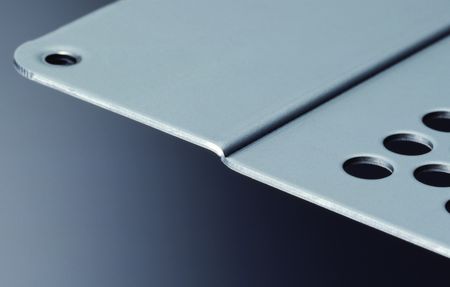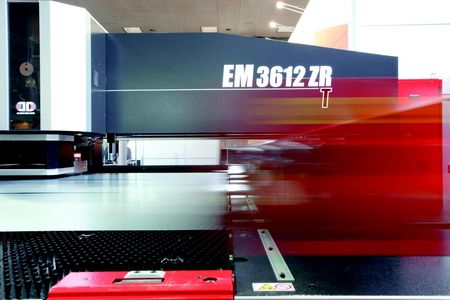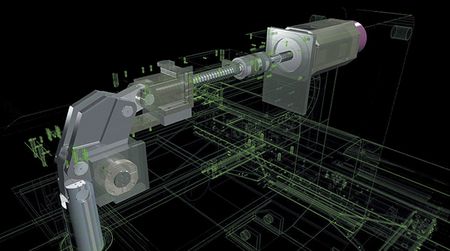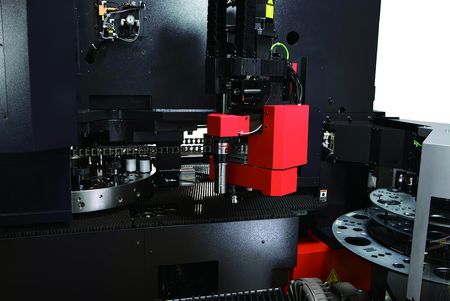Punching machines, or punching machines, are real pillars of sheet metal transformation processes.
The use of cutting tools (punches) to make markings, profiles and special shapes on sheet metal is, nowadays, an absolutely consolidated working methodology, but not without a continuous innovative path aimed at optimizing business processes and productivity.
In the course of their evolution, punching machines have always been able to defend their positioning, even when (wrongly) some put them in a sort of opposition to laser cutting machines: On the other hand, the spread and effectiveness of the combined machines has shown how the secret between them was the full complementarity. If we add to this constantly growing performance, in terms of speed and precision, but above all a strong increase in versatility, we understand why the punching machine is still the pillar of sheet metal processing.

Versatility without compromises and the trends of recent years
The punching machines allow for a variety of processes such as the pre-drilling cycle, grooving and threading, bulging and deformation. All this allows them to make increasingly complex parts (with a single machine) and without compromises in terms of time and quality, from which beneficial consequences on production efficiency and, above all, on its flexibility, one of the most pressing demands of the modern world.

Limiting the observation to the last decade, the evolution of punching machines has followed some rather clear guidelines, whose drivers have been the needs and needs of the producers themselves. In this way, to rather obvious trends like the increase of the precision and the operating speed - that they affect the main production KPIs -, ulterior necessities have been added like the elimination of the inefficiencies and the maximization of the flexibility, linked to the need to operate in increasingly unpredictable markets.

To what just described another very interesting and always current trend has been added: energy efficiency, which affects costs but also in terms of sustainability. The first punching machines used hydraulic technology, but AMADA decided to abandon it completely at the beginning of the new millennium to propose electric models with a lower operating cost and no oils to dispose of. Punching machines such as the AMADA AE-NT Series absorb 3 kW of power during punching, with an electrical savings of up to 57% compared to a traditional machine.
Reduce overall dimensions, set-up time and focus on automation
Among the needs to which manufacturers have responded with innovative solutions there is also the reduction of overall dimensions, further benefit of electric machines compared to hydraulic ones. In addition, the market has dramatically called for the minimisation of defect indices and set-up times, as well as for process integration, in other words the ability to incorporate other traditionally separate processes into the punching process, with the aim of optimising time, costs and customer satisfaction. This is an aspect on which AMADA has worked a lot and that we find, for example, in the AE-NT Series, or in the Multi Purpose Turret (MPT) of theEM-MII Series, equipped with four threading stations. This makes it possible to perform two operations on the same plant that have always been managed separately and independently

In the evolutionary path of punching machines, automation could not fail to fall, which here takes on different aspects and appearance. In particular, AMADA intervenes in many different ways, including:
- A unique barcode-based tool identification system (ID Tooling), which speeds up setup and avoids errors.
- In the EM-MII Series it is possible to replace the dies much faster than in the traditional setup thanks to offset upper and lower turrets (turret Z).
- In the EM-ZR series, the tool changer is automatic. Thanks to the storage system with a load capacity of up to 300 tools, maximum flexibility in processing and record times at the execution level can be achieved.
- Automatic loading/unloading and storage modules can be added to your system for convenient and efficient batch management.